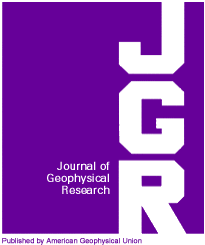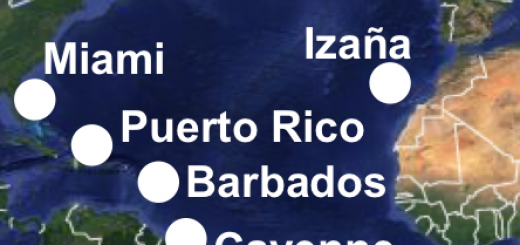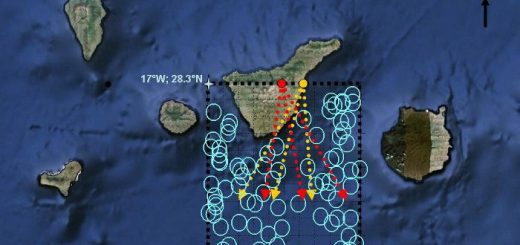A paper entitled “Radiative Forcing under Mixed Aerosol Conditions”, by García et al., has been recently published in “Journal Geophysical Research”

The mixture of desert mineral dust with biomass burning or urban-industrial aerosols presents significant differences in its optical properties when compared to the individual constituents, leading to different impacts on solar radiation levels. This effect has been assessed by estimating the direct radiative forcing (∆F) of these aerosols, using the aerosol properties derived from the AERONET network (Aerosol Robotic Network, http://aeronet.gsfc.nasa.gov).
This work reveals that, in covers with surface albedo (SA) lower than 0.30, aerosols at the top of atmosphere (TOA) are always cooling the Earth-atmosphere system, regardless of the aerosol type. The obtained average values of ∆F ranges between -27±15 Wm-2 (aerosol optical depth, AOD, at 0.55 µm, 0.3±0.3) for mineral dust mixed with urban-industrial aerosols, registered in the East Asia region, and -34±18 Wm-2 (AOD=0.8±0.4) for the mixture of the mineral dust and biomass burning particles, observed in the Central Africa region. In the intermediate range of SA (0.30-0.50) the radiative effect at the TOA depends on the aerosol absorption properties. Thus, aerosols with single scattering albedo at 0.55 μm lower than ~0.88 lead to a warming of the system, with ∆F of 10±11 Wm-2 (mixture of mineral dust and biomass burning in the Central Africa region), contributing to the effect of greenhouse gases. On surface the maximum ∆F values are associated with the highest AOD levels, obtained for the mixture of mineral dust and biomass burning aerosols (-130±44 Wm-2 with AOD=0.8±0.4 for SA<0.30). In all cases, we observed that radiative forcing values of the mixtures are higher than those recorded in pure conditions.
Full reference: García, O. E., F. J. Expósito, J. P. Díaz, and A. M. Díaz (2011), Radiative forcing under mixed aerosol conditions, J. Geophys. Res., 116, D01201, doi:10.1029/2009JD013625.
Abstract in JGR website: http://www.agu.org/pubs/crossref/2011/2009JD013625.shtml
Paper in JGR website: http://www.agu.org/journals/jd/jd1101/2009JD013625/







